Parco nazionale Vulcani delle Hawaii (Hawaiʻi Volcanoes National Park)
L'Hawaii Volcanoes National Park, inaugurato nel 1916, è un parco nazionale degli Stati Uniti, il risultato di centinaia di migliaia d'anni di vulcanismo, migrazione ed evoluzione, processi che fanno emergere una terra spoglia dal mare e la rivestono con complessi ecosistemi ed una particolare cultura umana. Il parco comprende diversi habitat che spaziano dal livello del mare alla cima del più alto vulcano, il Mauna Loa con i suoi 4.169 metri. Kīlauea, uno dei più attivi vulcani del mondo, dona molti spunti agli scienziati riguardo alla nascita delle isole Hawaii, ed ai turisti lo spettacolo dei suoi territori. Il parco copre 1348 km² di terra.
Il parco fornisce opportunità per l'escursionismo ed il campeggio. Grazie ai suoi valori naturalistici, l'Hawaii Volcanoes National Park è stato definito riserva della biosfera e patrimonio dell'umanità dall'UNESCO.
L'attività vulcanica del parco ha creato la spiaggia di sabbia nera Kalapana (ora coperta dalla lava prodotta dall'ultima eruzione) ed altre spiagge simili.
- 1 Leggenda
- 2 Storia
- 3 Note
- 4 Altri progetti
- 5 Collegamenti esterni
Links
Images Gallery
-
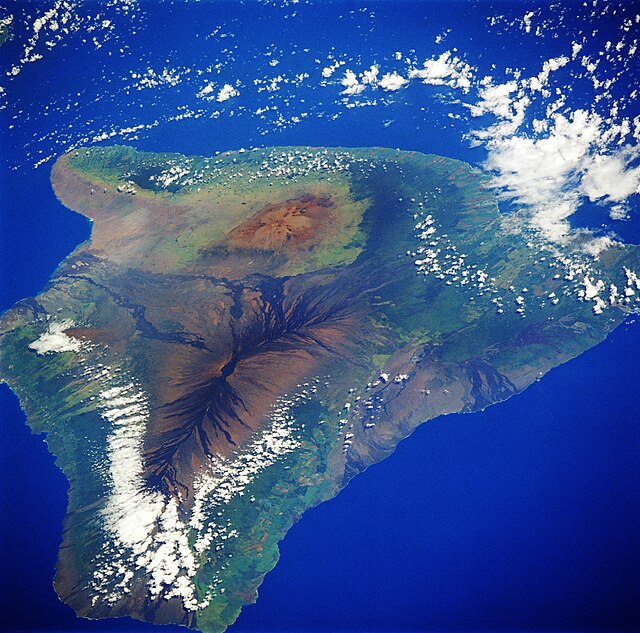
-

-
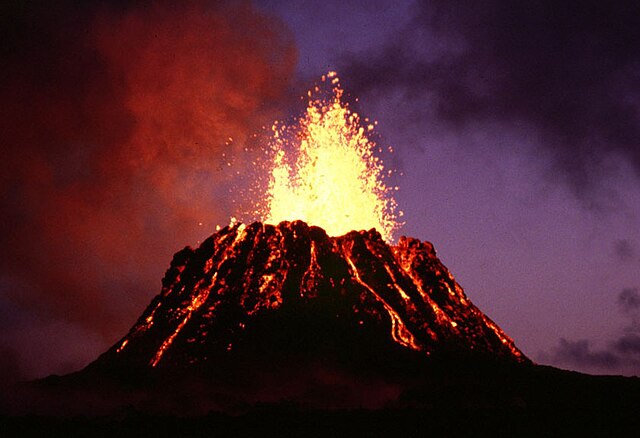
-
-

-

-

-
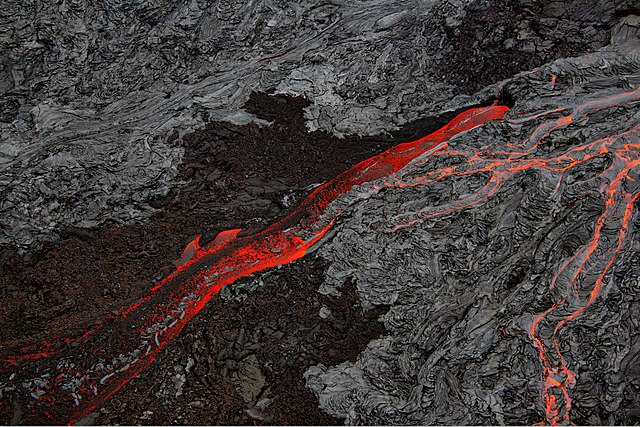
-

-
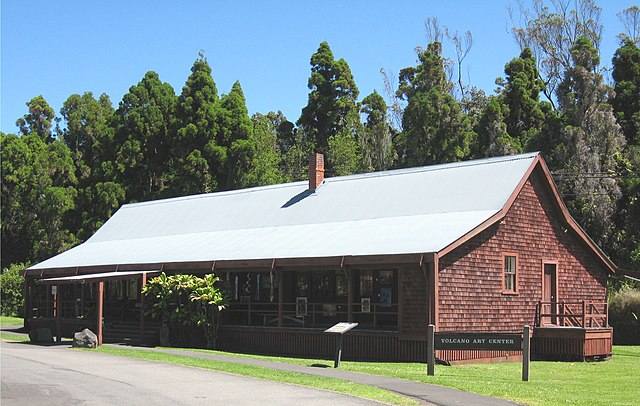
-
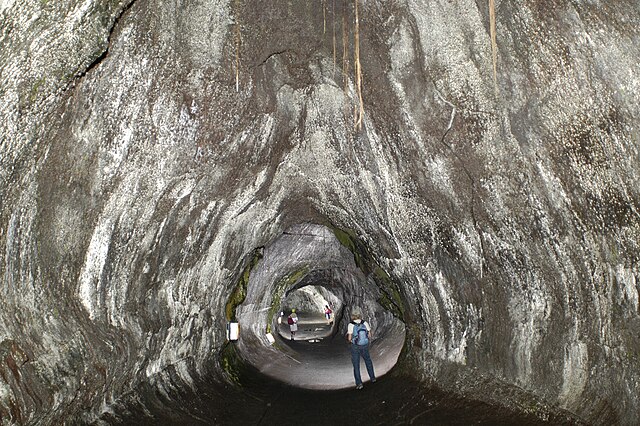
-

-

-

-

-

-

-
 Vista panoramica a 360° dei campi di lava
Vista panoramica a 360° dei campi di lava
-

-

-

-

-

-
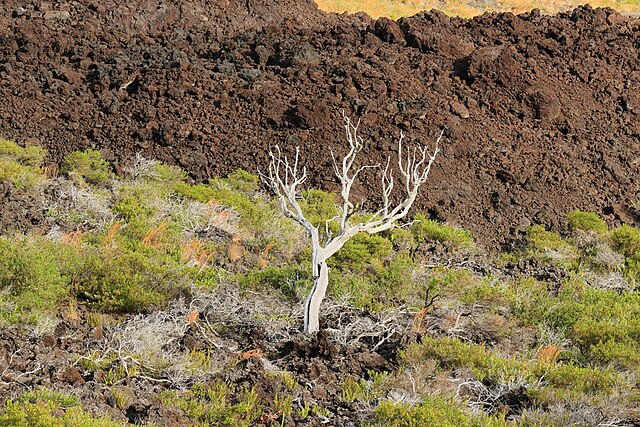
-

-

-

-

-
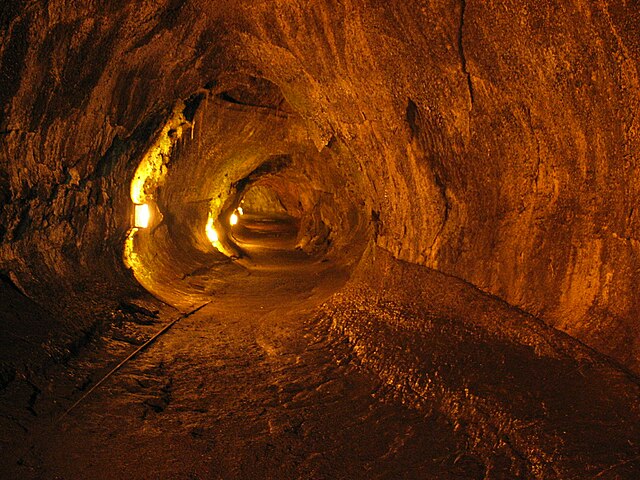
-

-

-

-
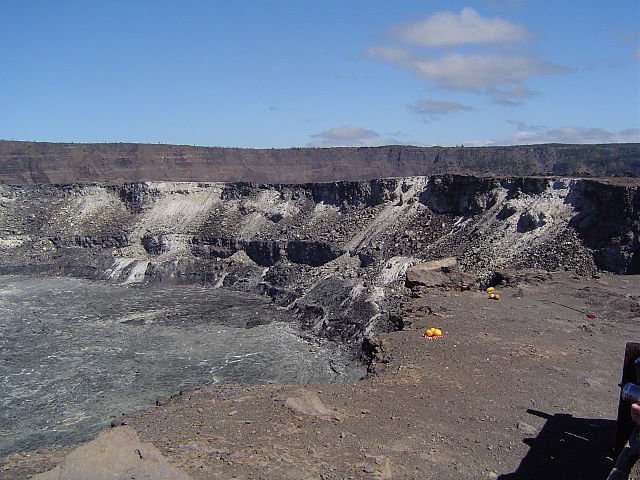
-

-
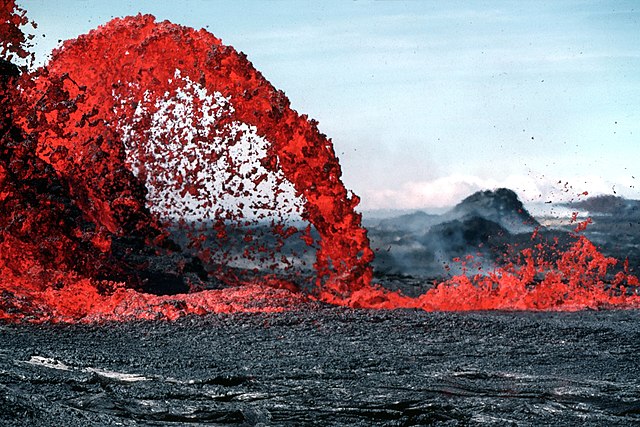
-

-

-

-

-

-
-
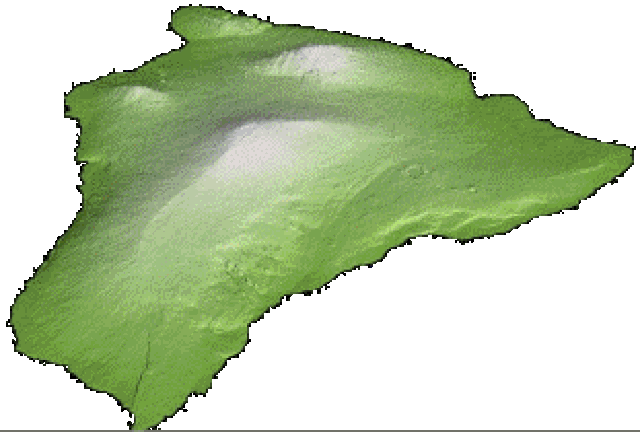
-
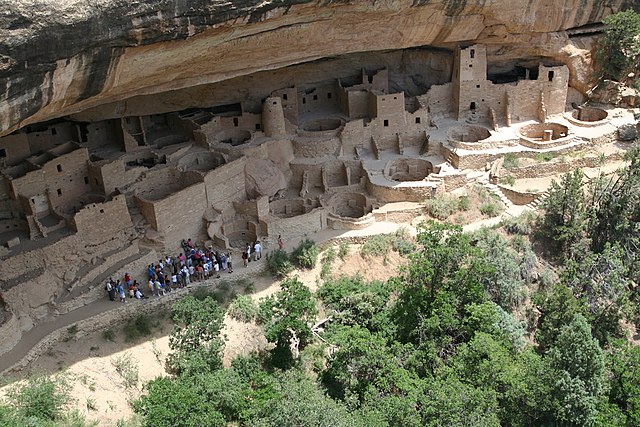
-

-
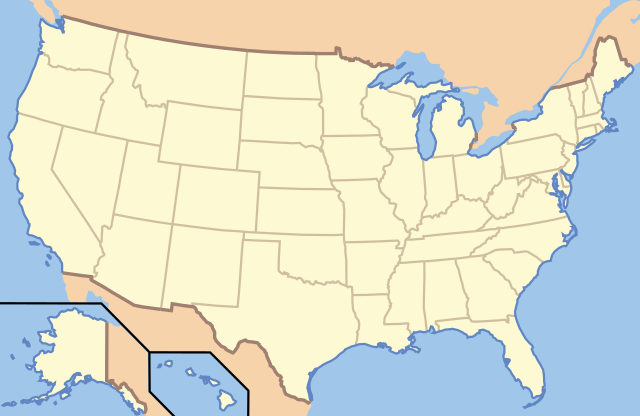
-
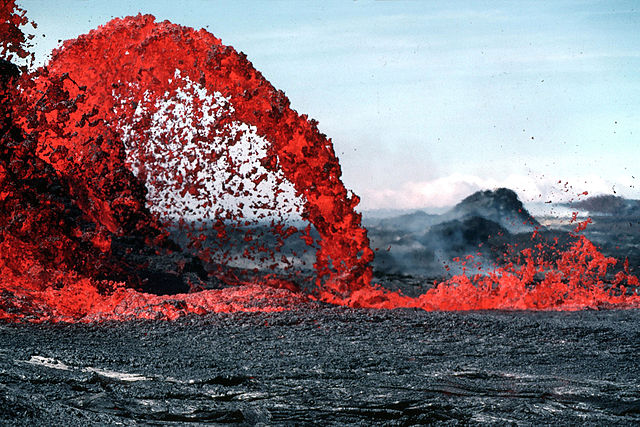
-

-

-

-

-

-
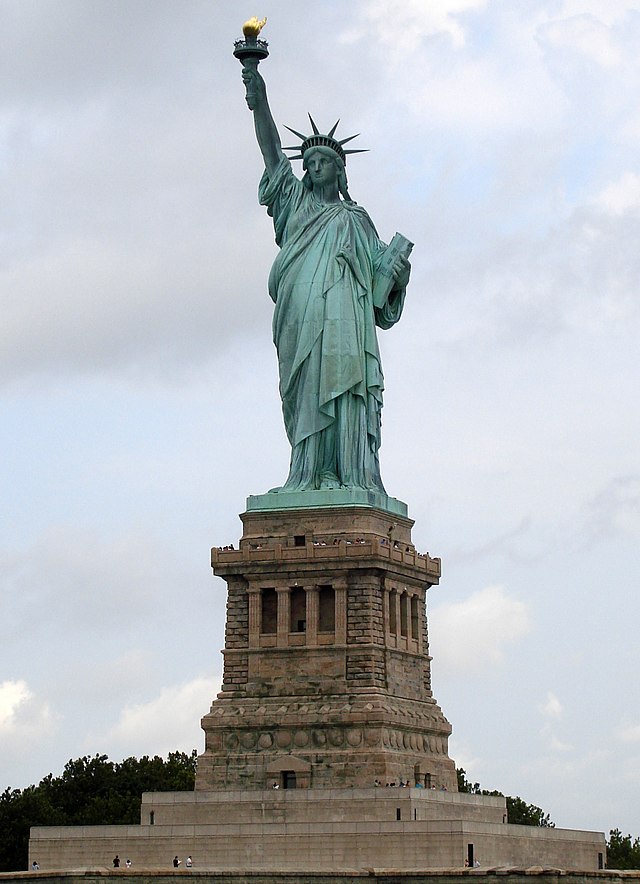
-

-

-

-
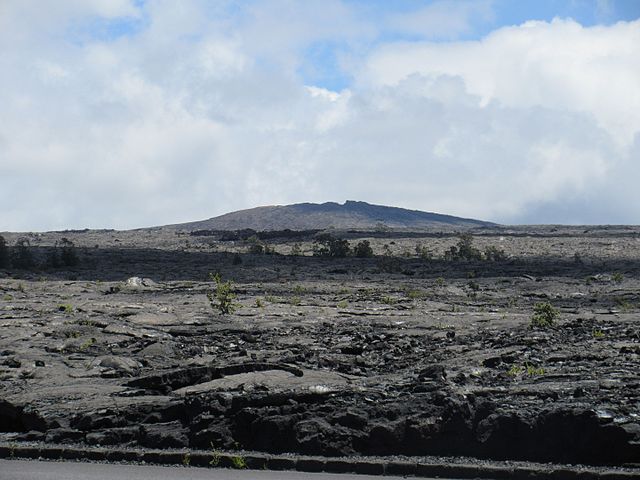
-

-

-
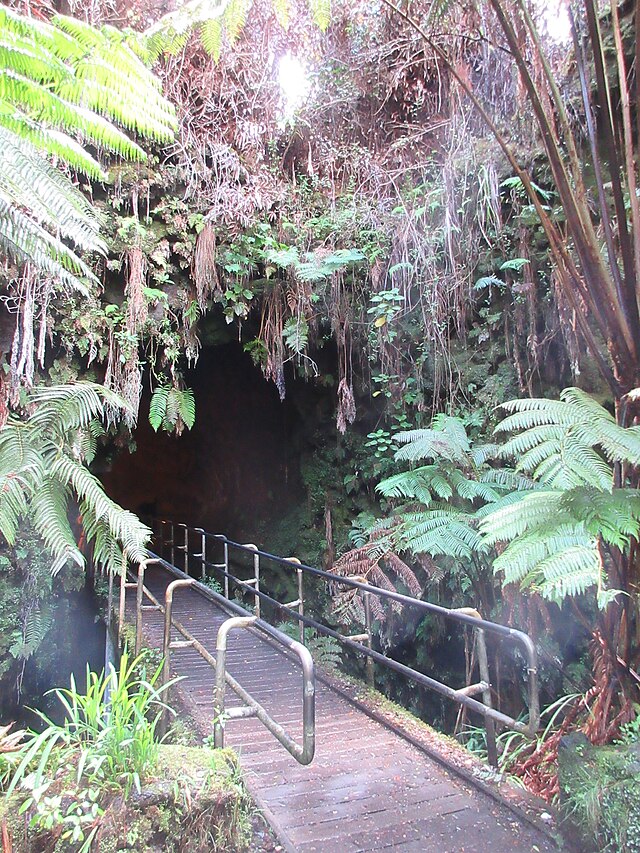
-

-
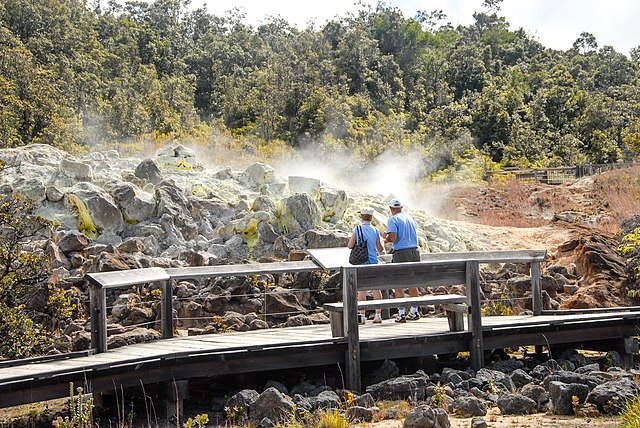
-
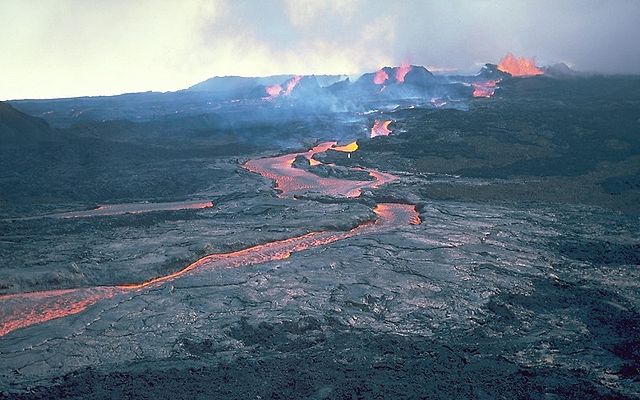
-

-

-

-

-

-

-
-

-

-

-

-
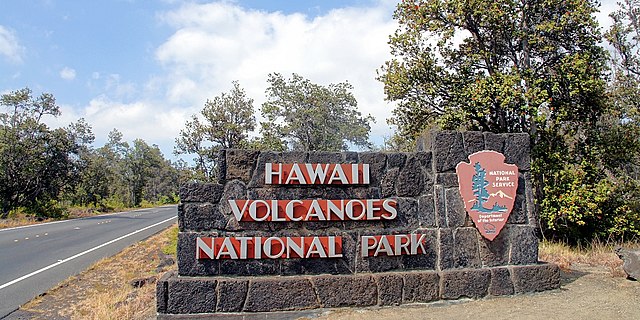
-
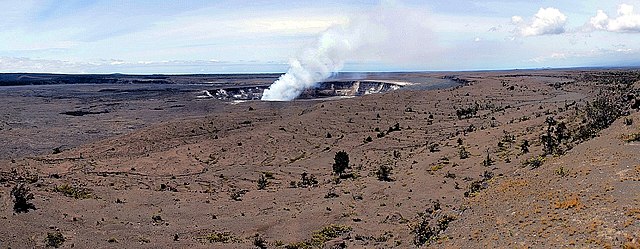
-

-

-
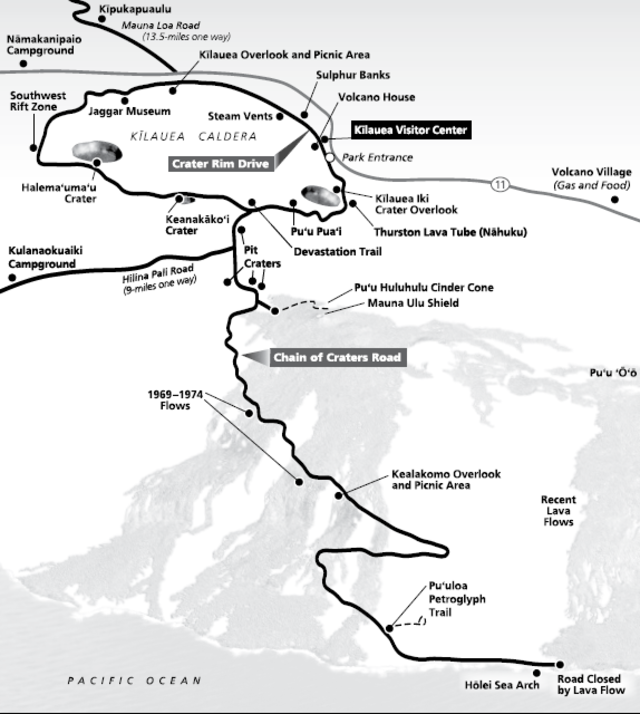
-

-

-

-
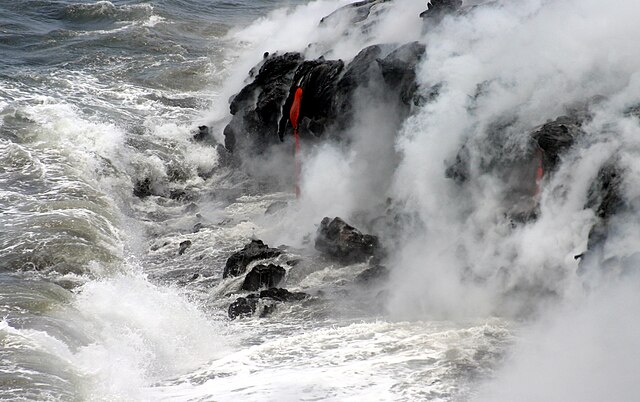
-

-
-
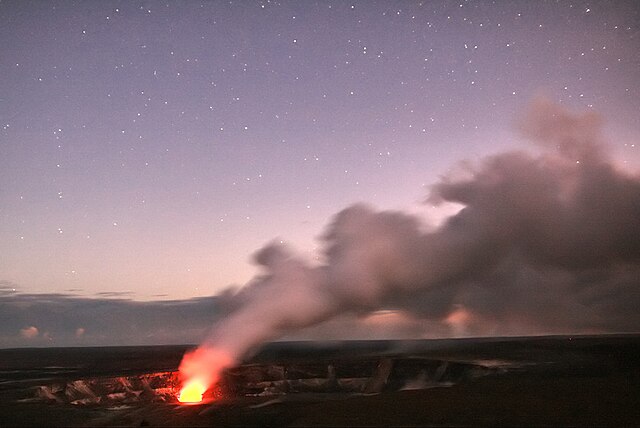
-
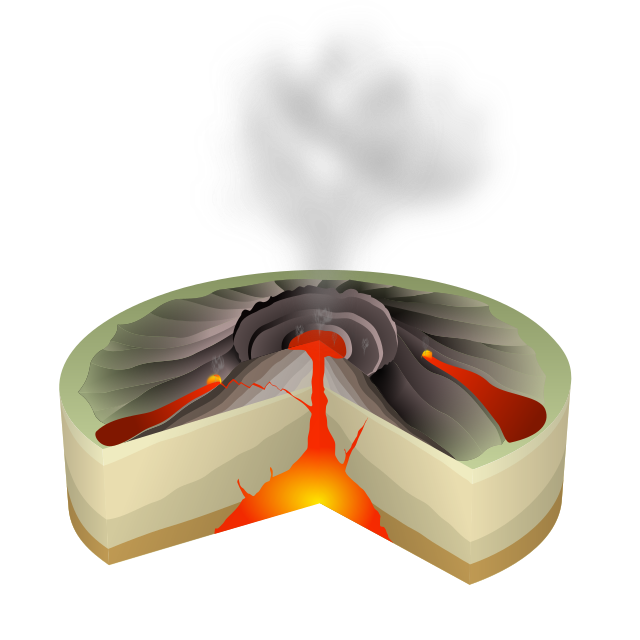
Comments
-
This National Park is an absolute must visit for every trip to the Big Island. It is amazing to see the different landscapes that have been created by the volcanoes, whether you hike or only drive. It was incredible to see how nature finds a way to survive and even thrive in the lava flows. The chain of craters drive from the rim down to the coast is fantastic and offers so much to see and learn about the different lava flows and eruptions. We listened to the gypsy app while driving and it was very educational.
a week ago -
Great experience. You drive through in your car to the different sites. The price to visit is on the higher end but worth it. It is amazing to see the volcano. The site where you see the vapor rise from the fires beneath is very amazing to see and feel. There are many trails were you can walk and see nature. Wonderful day trip if you are vacationing on Hawai’i. We had a great time.
a week ago -
The walk to Thurston is short and easy, but be sure to arrive early! Parking is minimal, but the walk through the tunnel is very short. So if you hang a bit in your car, you’ll find people coming back quickly, opening up parking. The timeless is lit and damp, take actual shoes. Flip flops would be a bit sketch. We actually looped back around and walked the tunnel a 2nd time. But def worth checking out!!
6 days ago -
Magnificent! My husband and I spent 2 days here: On Day 1 we hiked the Crater Rim Trail, went to the lava tube, and walked in the old crater. On Day 2 we tried to see sunrise at the highest lookout but didn’t make it due to cloudy weather. But later we did the Steam Vents Trail and Sulfur Bank which were interesting and educational. The gallery near Visitor Center is also pretty nice.
2 days ago -
Kilauea Iki hike was not too bad. Well maintained trail. Did it with my 1 yr old in an Ergo carrier. Cool view of the crater from the road up top and from within. Better than the view of the main Kilauea crater (no volcanic activity when I went in Aug 2021).
a week ago -
I highly recommend visiting this national park! I loved walking down to the crater and through the lava tube. I think this is a family friendly moderate hike. I would suggest packing water in a reusable container, wearing hiking shoes and layers. There are uneven stairs to ascend/descend as well as uneven terrain. The hike to/from the crater took approximately 2 hrs with stops for pics whereas the lava tube took 15 minutes. Parking is busy so get there early! Oh and remember to LEAVE NO TRACE, TAKE ONLY PICTURES. ❤️ Mahalo ❤️
6 days ago -
It's like visiting another world. Set aside 3 or more hours for chain of craters road so you can do multiple stops and side trails. There are easy trails and harder ones. Hiking down to the caldera is unforgettable, but the end of chain of craters is not to be missed.
3 weeks ago -
We had an awesome day at the park, even though it rained on and off all day. The best was hiking down into the crater (I forget what the hike was called) but it was as if we were on another planet.
2 weeks ago





















































































